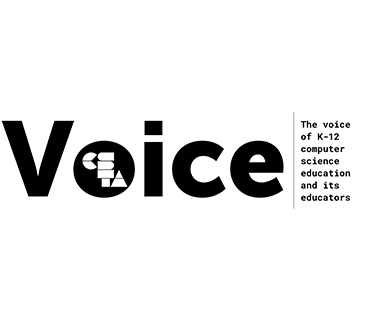Full Story
- an analysis of national and state trends in AP CS by gender and race, including the relationship with policy adoption;
- a map of the states that have enacted particular policies;
- state-by-state summaries of each state’s progress; and
- updated data about high schools that teach computer science.
-
States that have adopted more of the nine policies have a greater percentage of high schools teaching computer science, and also have an increase in the representation of female students taking AP computer science exams.
-
Since the 2018 State of Computer Science Education report was published, 33 states passed 57 new laws and regulations promoting computer science.
-
Across 39 states, only 45% of high schools teach computer science. Students receiving free and reduced lunch and students from rural areas are less likely to attend a school that provides opportunities to learn this critical subject.
-
Since the K-12 Computer Science Access Report was launched in 2017, the initiative has collected data on 55% of all public K-12 schools and 83% of all public high schools.

